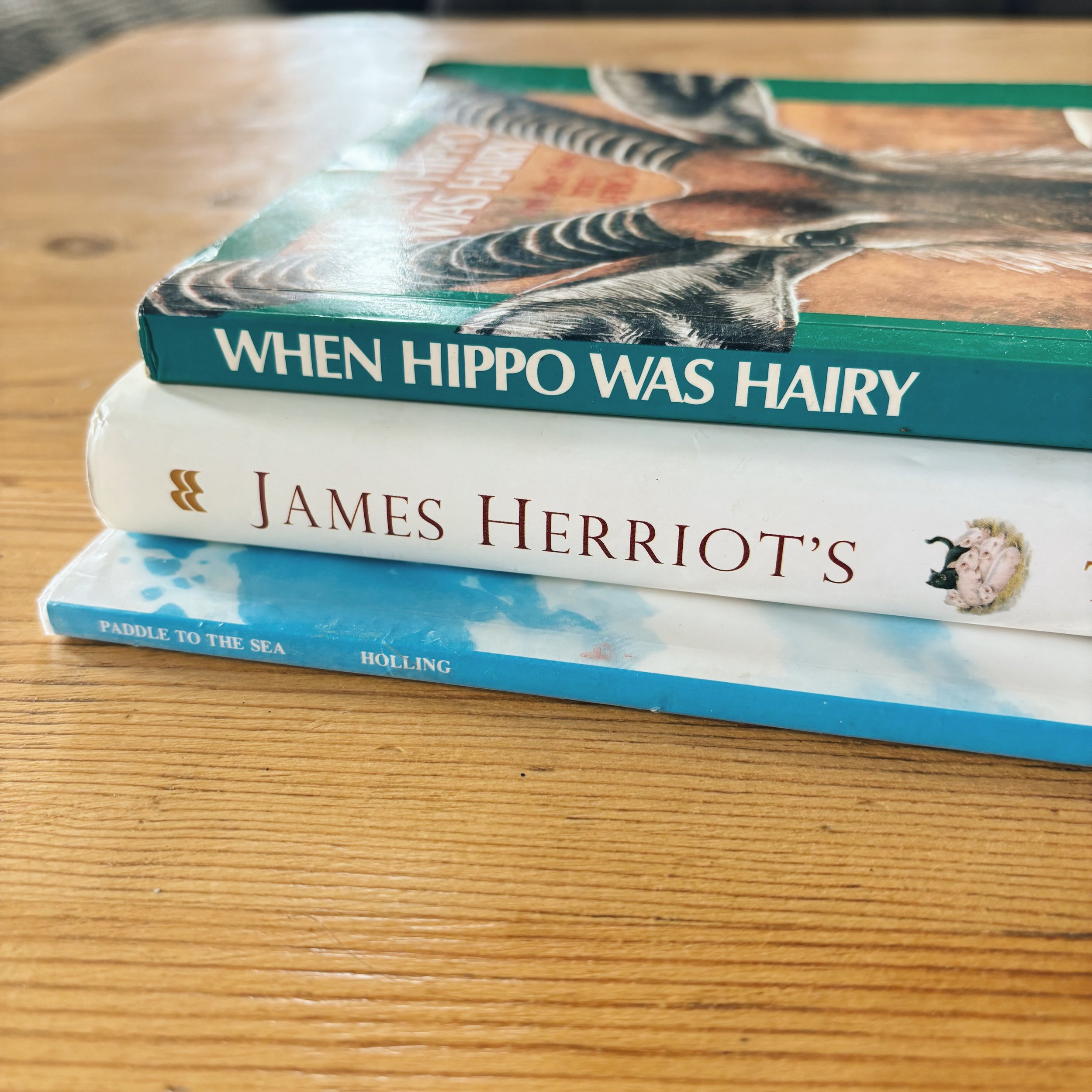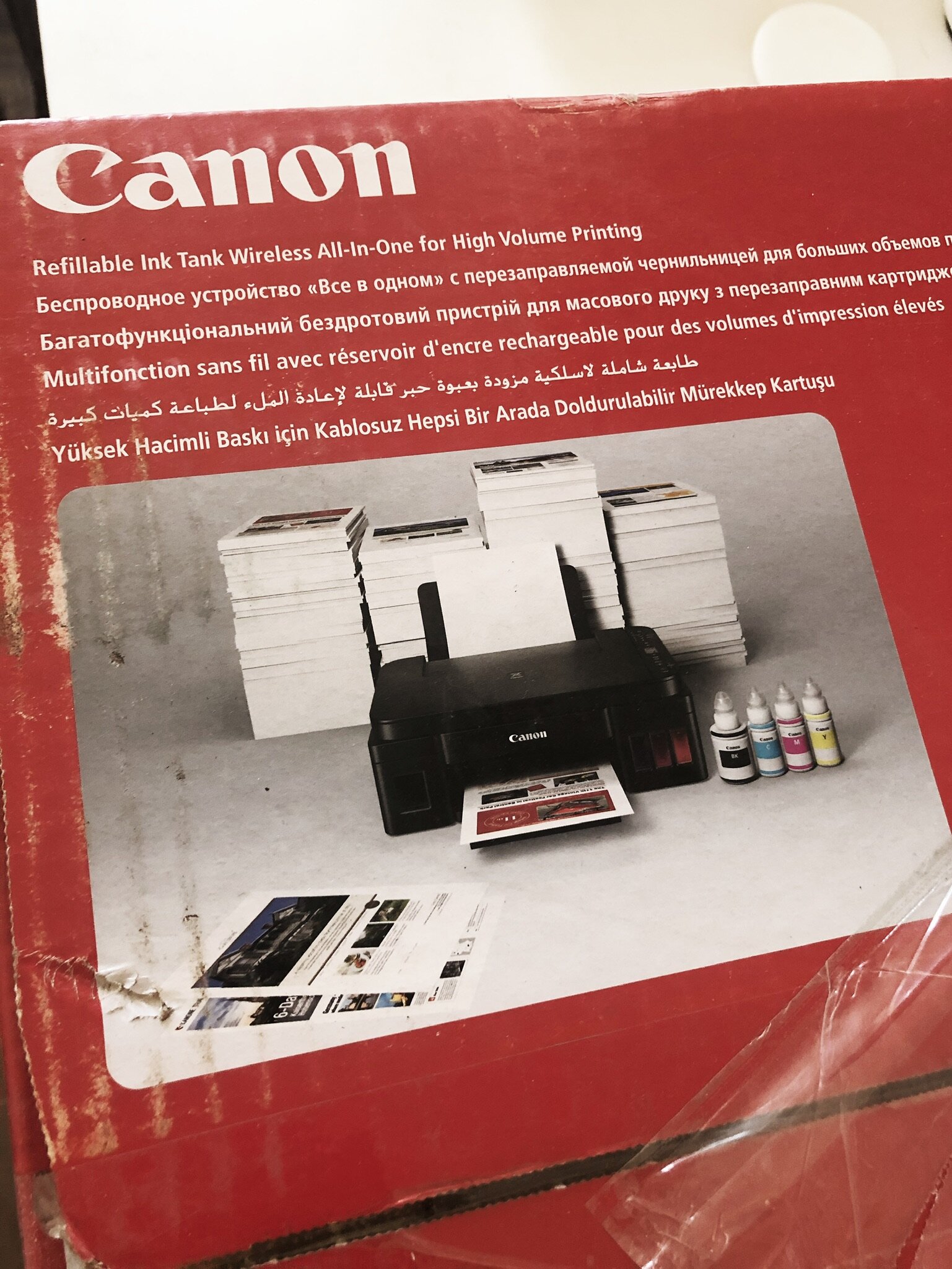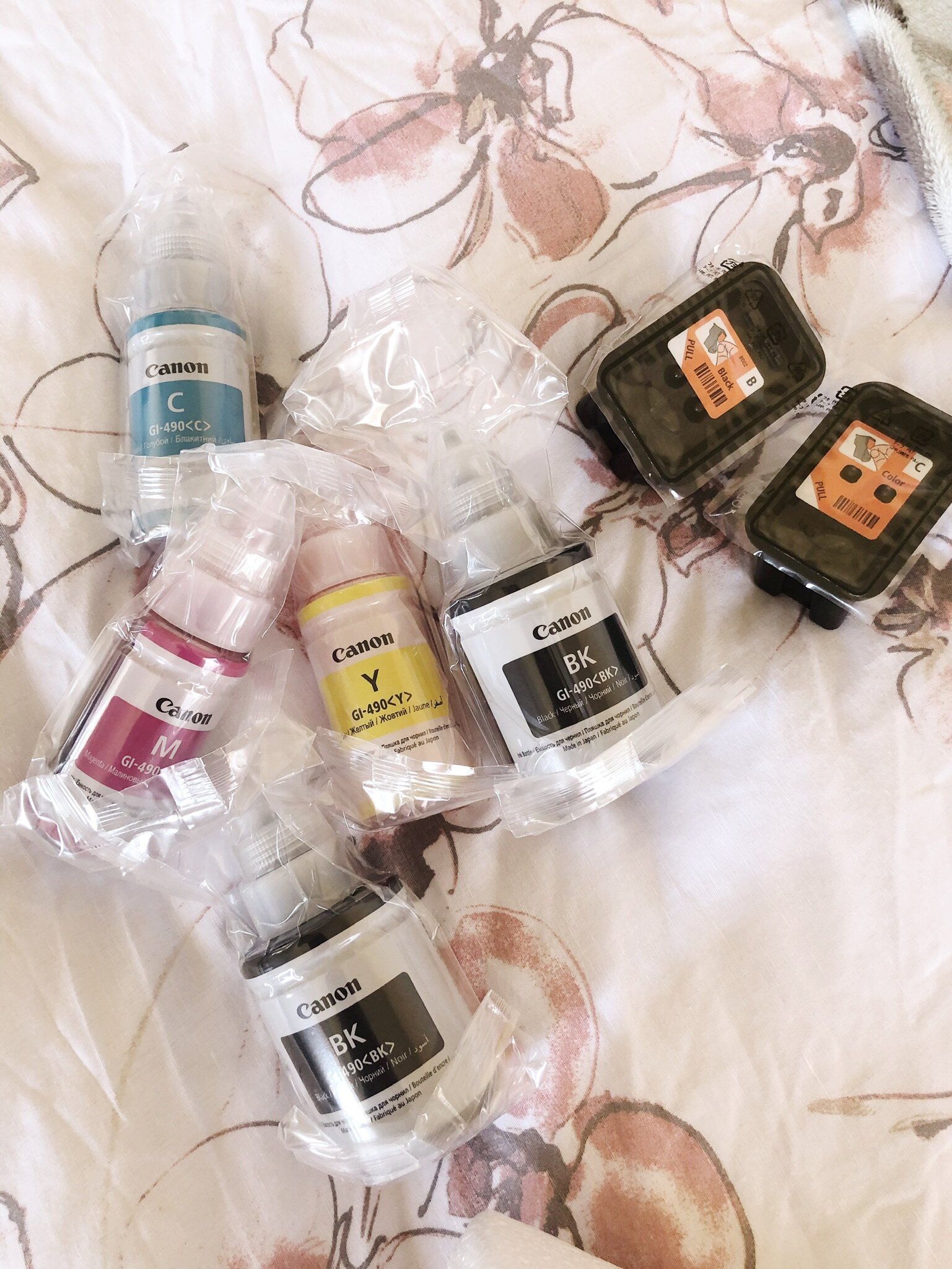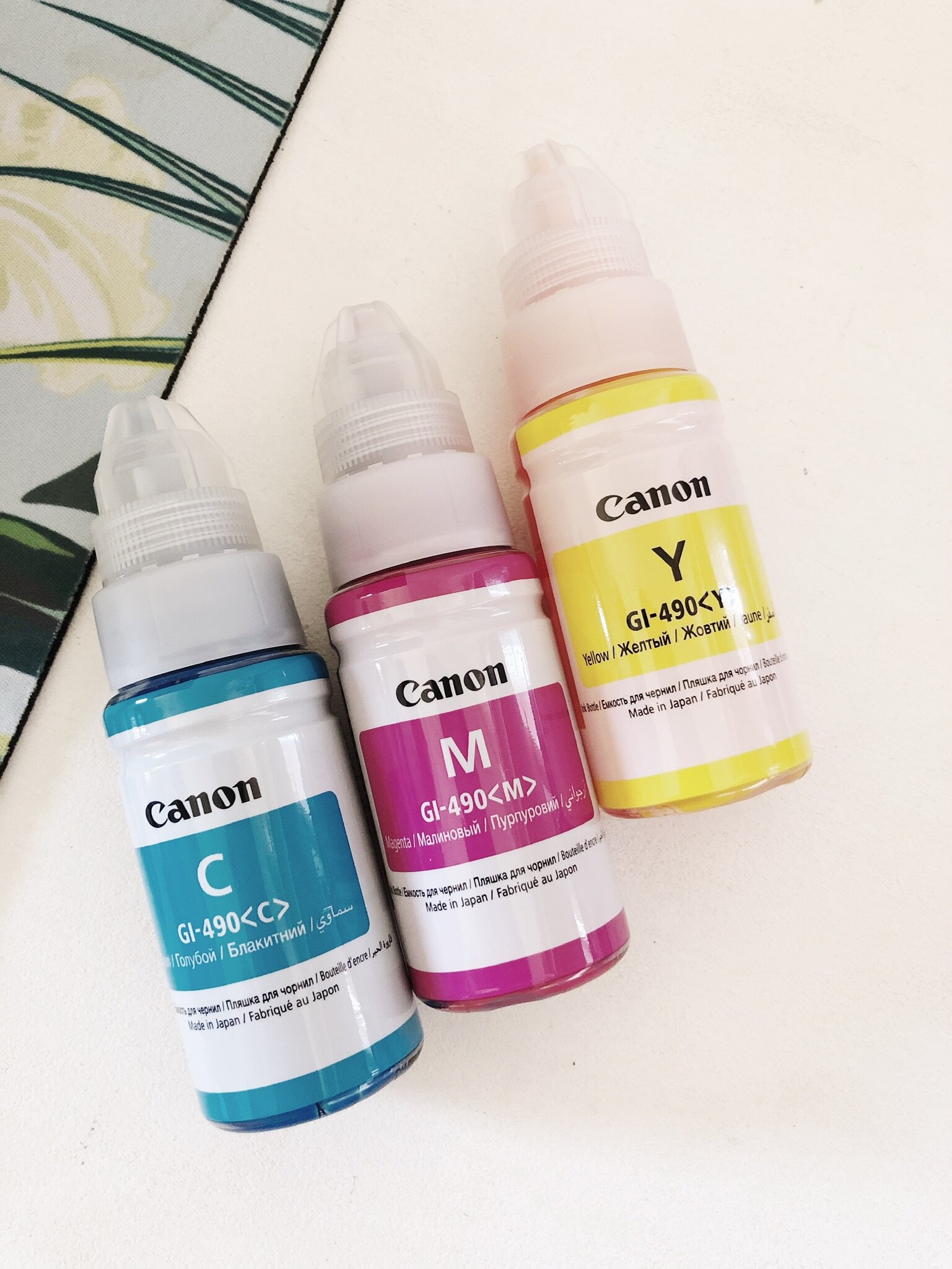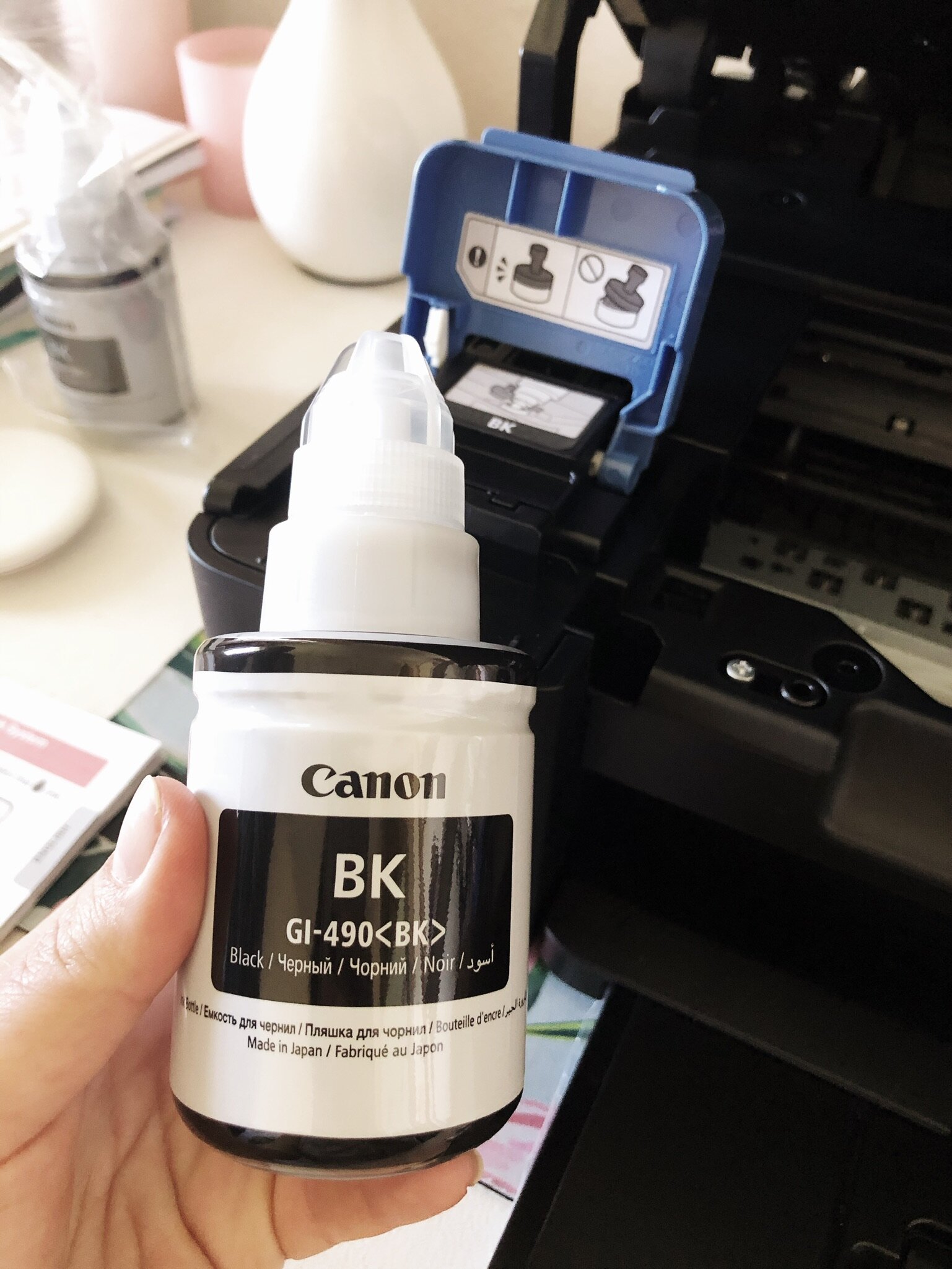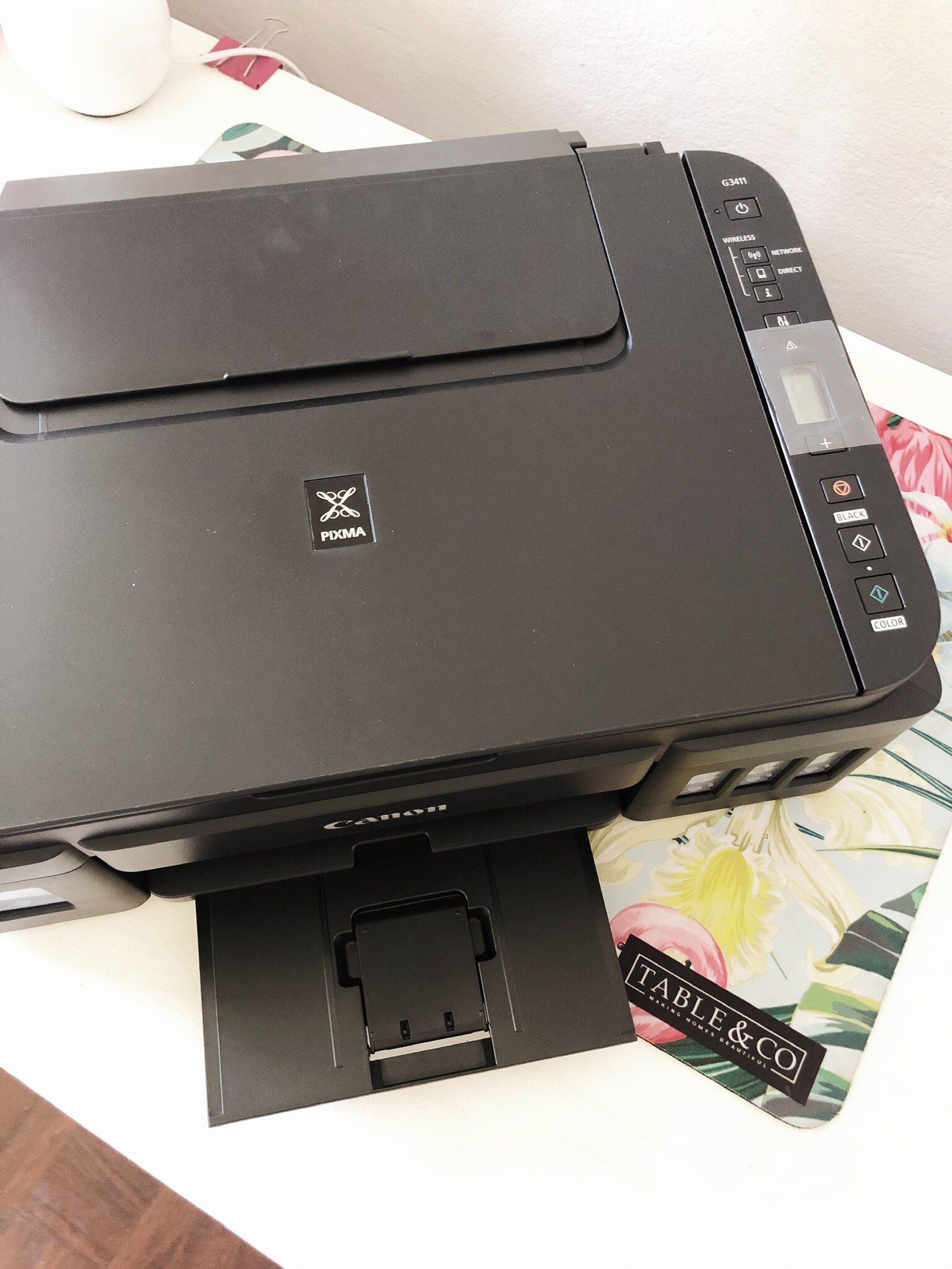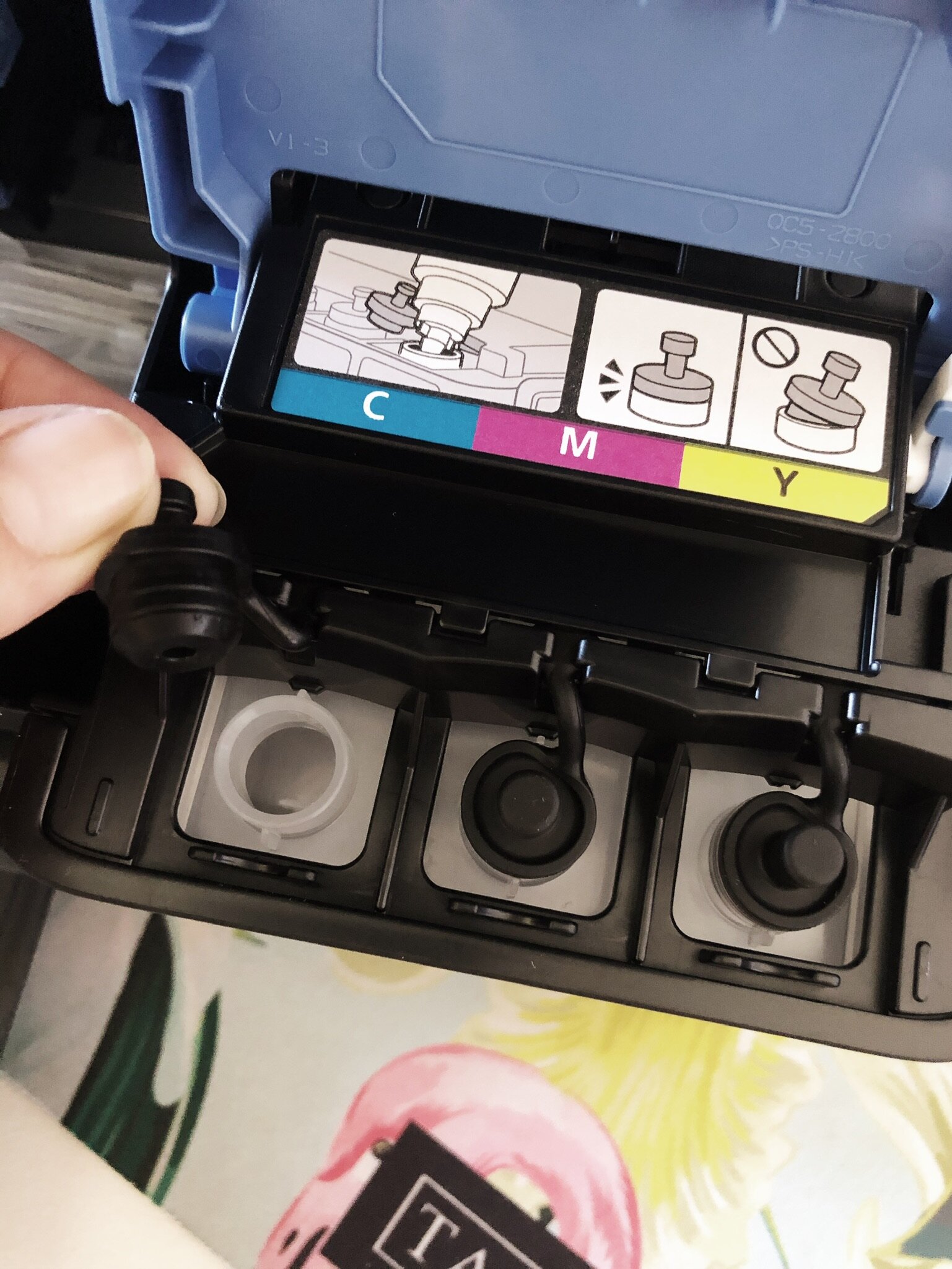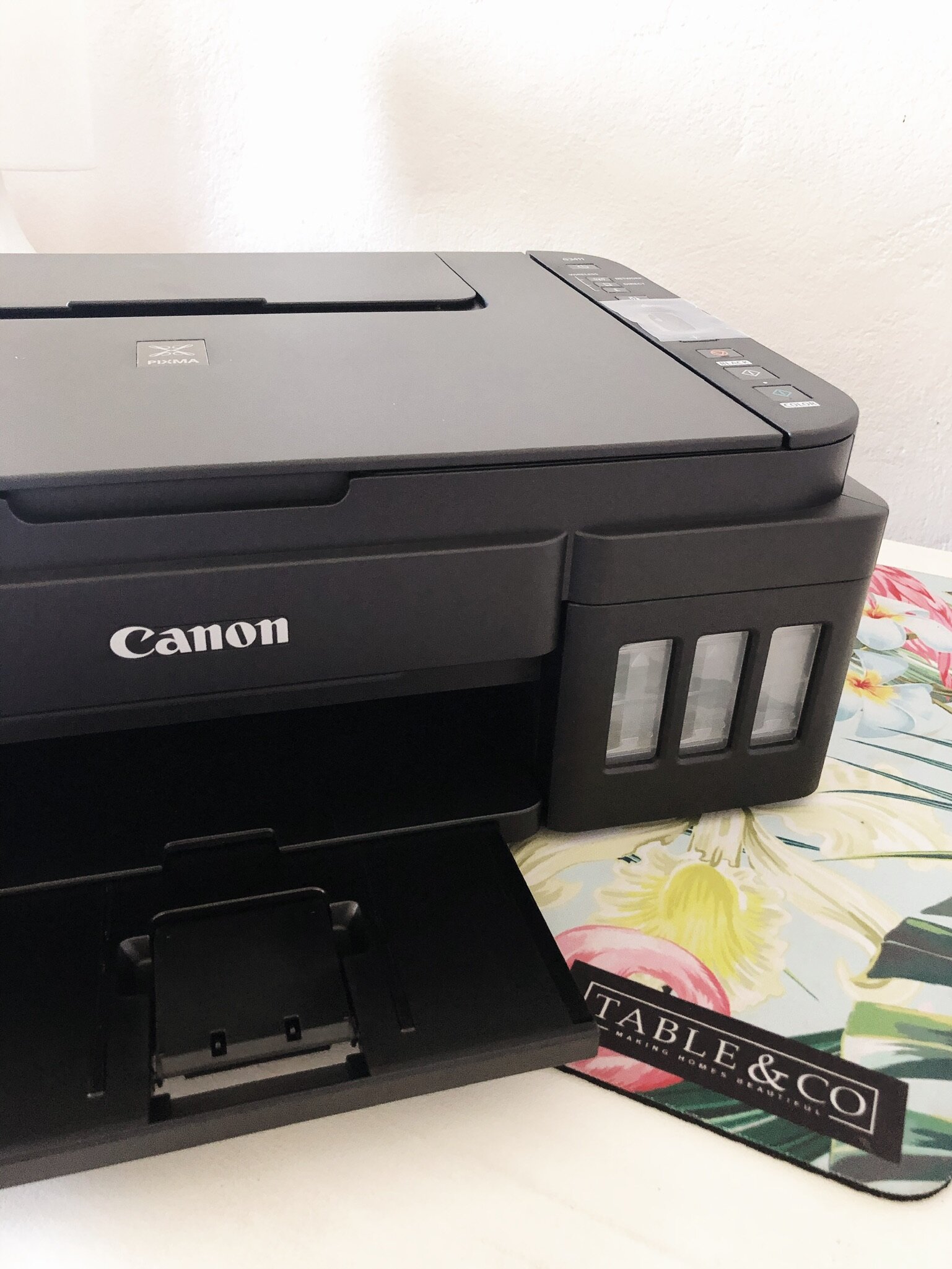AmblesideOnline Year 1 - a recap of our first Charlotte Mason homeschool year
/We ended our first ‘official’ year of homechooling with AmblesideOnline in mid December. It took me until the last day of the year to take the above book stack photo (I had SO many ideas of ways to take it, spots to be in…like the garden/food forest) and then I realised if I didn’t just forget about taking the perfect photo, I would miss the opportunity before beginning Year 2! So here I am, a few days into January 2025, finally getting around to recapping our year.
AmblesideOnline is a free homeschool curriculum that uses Charlotte Mason's classically-based principles to prepare children for a life of rich relationships with everything around them: God, humanity, and the natural world.
Where did I get my books?
I bought the majority of the books new (a pricey investment but considering that I am planning to use these same books with each of my 3 children, I could justify the costs) and had them sent to family in the UK. I started compiling the books quite well in advance of starting Year 1, and in that time I had family members who were traveling to the UK who could be my ‘book mule’ and bring them back to South Africa for me. I used Amazon.co.uk for the majority and then used ChristianBooks (a US site) to order the harder to find Beautiful Feet books and a few others, and they were shipped to the UK. I did look into shipping straight to South Africa, but our postal system is unreliable at best, and the cost to ship them here and then the import tax to receive them was just too expensive. What is wonderful about AmblesideOnline is that a lot of the books are in the public domain, and available to download to Kindle/PDF. And then there is also Librivox which is a free audio site to listen to the books. It can be a bit hit and miss with the narrators on there, but the really good ones are linked on the AmblesideOnline book lists. I also found a few books second hand on the Homeschool Buy/Sell/Exchange Facebook group.
Here is a very brief summary of the subjects covered in Year 1:
We schooled 3 - 4 days a week this year (I was still running my Reggio inspired ‘Red Shed’ school in the shed next door to our house 3 mornings a week) and I only had one hour for each of those mornings to focus solely on Everly and her ‘official’ school work needs. I am happy to say that even though it seems like a tiny amount of time, we were able to complete 95% of the 36 week schedule of her work. I aimed for 4 days a week, but realistically only managed 3 days most weeks. We took time off for holidays each term (I ran my school on a 4 term schedule) and even between sick days/low enthusiasm days/people visiting and general life busy-ness, I am very proud that we finished just about every book on the schedule. Sometimes we caught up & finished readings on the weekends, but the majority of the work was done on a Monday, Tuesday and Wednesday morning. It worked really well having both my Shed School (my 3 children and 5 other kiddies were part of the school…I’ll share more about this another time) but it was a constant juggle between the two. From next year (2025) I will only be homeschooling my own children, and I look forward to enjoying more of the homeschool lifestyle I had envisioned when I first began this journey of home educating back in 2021/2022.
Reading/Phonics
Everly’s reading really took off this year. I didn’t follow any formal reading program, and we don’t do spelling/reading lists (and a small part of me is worried we have perhaps missed out on some skills somewhere along the way) but seeing how she absolutely loves reading and is able to decipher pretty much any word she comes across, I would say what we’ve done up to this point has worked really well for her. I’ll share a full post on how I taught (or rather, how she learned to read) as I’ll be following the same process with her brother (Aaron is 5 turning 6 in February), but here are the basics of what we did:
We read lots and lots and lots of books together in the early years, and worked our way through the Letterland series together.
I also read (and re-read!) this wonderfully comprehensive series of posts by Joyful Shepherdess on how to teach reading the Charlotte Mason way, and found it really helpful too.
Once we had gone through all 26 letters (I started with the letters in her name, not with the official alphabet sequence) and then I moved onto the move advanced Letter land books. She was able to out together basic CVS words right after the first few Letterland Story books, but we took it slow and I think this was the key. Alongside Letterland, once we had gone through the majority of the letters, I started her with the below traditional Peter & Jane first readers that I picked up second hand.
It took us pretty much up until the start of 2024 to move through all the Letterland books and then to move from Peter & Jane Book 1 to book 4 (there are separate A, B & C books for each level). Once we had started AmblesideOnline Year 1 (and gone through Peter & Jane Levels 1 - 3) I then I changed things up a bit and followed the Ambleside recommendation of the McGuffey Readers (I had bought The First & Second but skipped purchasing the Primer) from Oikos when they were still selling…but you can now purchase these from the Oikos BOBShop or from the online GoodNeighbours Bookshop.
We began AmblesideOnle Year 1 with the McGuffey First Reader and are still making our way through it. I was worried it would all be too old fashioned, but Everly has loved this book, and while it was a big jump from the Peter & Jane books & she did not enjoy the challenge at times, the growth I have seen in her has been wonderful.
Handwriting/Copywork:
We started off our handwriting journey with The Good & The Beautiful Handwriting Pre-doodles and Level k workbooks, but I really didn’t enjoy the way some of the letters were formed and preferred Everly to write her letters & numbers the way I was taught as school. I then set out of try and find a nice South African handwriting workbook.
Initially I had Everly form letters in a very tactile way (playdough, a salt tray) and lots and lots of ‘air writing’, the workbooks came in later for us.
We swopped over to the Happy Handwriter workbooks (which you can buy online through JumpLeapFly)and I’ve been very happy with them. Everly had already learned to write all her numbers and most of her letters…along with some bad habits…so we started right back at the beginning and we also did lots of letter tile play with our Kids Corner Montessori moveable letters. I also found these lovely lined handwriting books for her copywork, and it has been amazing seeing her progress throughout the year. They also match up with the Head, Tummy & Tail formation (the little monkey pictured above) in the Happy Handwriter books, as well as the Kids Corner Head, Tummy & Tail Board for placing the moveable letter on.
Maths:
We chopped and changed quite a lot in the last year, as I’ve gone back and forth between what I felt was the ‘right’ maths program for Everly. We’ve had fights, there have been tears, there have been high fives, beaming smiles and just about every emotion in between. And after all of it, I have come to the realisation that all the shoulds/requirements of a year 1 student (or Grade 1 if you’re South African like we are) should be thrown out the window if they are causing conflict, stress and frustration for all those involved. I was reminded to re-read Ruth Beechick’s the 3 R’s, and to remember that education is the ‘science of relations’ (thank you Charlotte Mason) and my own desire to ensure Everly LOVES maths & the NEED to make up for my own dread of the subject in school has actually been having the opposite result. I think a lot of more veteran homeschool moms can probably relate to the feeling of doing too much for their first child in the beginning of the homeschool journey. The wise words from older moms on the Ambleside forum to ‘enjoy the early years’ and not to take things too seriously with subjects like maths fell on deaf ears, but I am listening now. I am taking my foot off the pedal a bit, and we are playing more games, dong more hands on maths again (just like we did when we first started our learning journey) and things are once again feeling more peaceful. We have used a combination of the following this year:
The Good and the Beautiful Math 1 (TGATB)
Math-U-See Alpha
Life of Fred (LOF)
Halfway through the year, we put aside Math-U-See and instead alternated TGATB Math 1 with a chapter of Life of Fred every now and again. If I had had more faith in myself, we would have probably just done LOF alongside math games and spent the year with a less intense math focus. But, I am again reminded that the beauty of homeschooing is being able to change things when they aren’t working for your child.
We are half way through TGATB Math 1 (and I’m not worrying myself that we should have finished Level 1 because Grade 1 and Level 1 should correlate (ahem…that’s my A type personality trying to take over again!), and Maths is once again (for the time being at least haha) a happy subject that is challenging for all the right reasons.
On a practical note, I get all my large scale colour printing and binding done with Iron Pig Projects who are very affordable and produce excellent quality printable booklets etc.
Bible
When first starting to put my book list together, I read this article on the AmblesideOnline website which details why they recommend using the King James version. That’s why I purchased myself a copy on the GoodNeighbours website (click here).
Once I had actually started the year, I quickly realised that if I was going to be able to continue with all the bible readings, I was going to need something a little more comprehensible for myself. I’ve never actually read the bible myself and so my knowledge of the stories in the bible is so limited. Everly actually was able to handle the stories and narrate back to with more understanding than I was able to, but I decided the whole AmblesideOnline curriculum was enough of a stretching for us to start with by itself, and decided to dust off my old Women’s Daily Study Bible which worked really well this year. I would like us to move back to the King James version at some point, but for Year 2 we will probably stick with the Study Bible and see how we go. The Other bibles are story bibles I have read together with my other 2 kiddies during morning time (which I will soon share more of what that has looked like over the past couple of years), and the Wisdom & the Millers book has been such a lovely addition we are just about finished off together.
History & Tales
Our Island Story - I think I may have enjoyed as much if not more than Everly as I spent 5 years in living in the UK when I was younger. I learned a lot about the history of the UK (I’ve even visited Stonehenge, and had no idea of the stories and myths surrounding it’s history and how it came to be where it is).
Trial & Triumph - quite heavy going, and definitely pre-read for very sensitive souls. I thought Everly would be very upset narrarting this book, but she handled it well and it lead to a lot of really good (stretching!) conversations. I’m glad we didn’t skip it.
Fifty Famous Stories Retold - these were really great and Everly enjoyed every one of them.
Viking Tales - Suprisingly, this turned into one of Everly’s favourtie books! I think this may have to do with the fact that I started photocopying the corresponding illustration from each story for her to colour in and stick into her work book. It defninetly helped to keep her interest, and we both enjoyed going through the illustrations together after her narration.
**Child Craft - Story of South Africa (we started this in the 3rd term and just added it in every second/third week depending on the workload for the week). A lot of moms recommended focusing on history from your home country, and so this was a really nice living book to add in for South Africa that didn’t send us on too many tangents. Each story is short enough that I was able to add this book in without ommitting any of the others above.
Shaka Zulu - While I’m sure there are ‘better’ books on Shaka Zulu, this is one I had collected over the years, and this too, suprisingly, was one of the books Everly would always ask if we were reading each week. I chose Shaka as a historical figure for us because we live in Kwazulu Natal (his birthplace) and we often holiday to a place called Shakas Rock in Balito, which is named after him.
D’Aulaire’s Buffalo Bill & Benjamin Franklin (we skipped George Washington as I coulnd’t get my hands on a copy of it, and this is when I subbed in Shaka Zulu). Both really great books! I learned so much about American History from them, and Everly made all sorts of connections throughout the year after reading the books like pointing out the lightning rods/conductors on the thatch cottages in the Berg and mentioning that ‘Wasn’t Benjamin Franklin clever to think of making those lightening rods’.
We also started (as suggested by AmeblesideOnline) a personal history ‘timeline’ for Evs. This is the foundation for being able to understand the idea of where dates fit into history (something that starts more officially in Year 2/3 with the introudction of a Book Of Centuries…click here for some lovely ideas for when you’re ready to start that). The concept of a timeline is so abstract (basically numbers on a page haha) and doing a personal timeline of the child’s life is a wonderful way to help them get a good understanding of the ideas of the past and therefore 'history’.
Natural History
Burgess Birds - I wished we had both loved this book more (I mean, it’s all about Peter Rabbit and his adventures meeting lots of different birds!) but we couldn’t really relate to the stories as much because so many of the birds aren’t native to South Africa. I did get the Librivox version and have added it to Everly’s Yoto player, and she has enjoyed listening to them on and off in her free time. I had visions of beautiful dran narrations (there are SO many amazing ideas to bring the book to life…from homemade felt birds to paintings hung on a homemade forest/branches but we just didn’t get there this year). I borrowed this from a friend).
Paddle to the Sea - I bought a set of maps from Beautiful Feet and we enjoyed painting in Paddle’s journey to the sea together. This was a lovely story for both of us. There also also so many wonderful ideas to bring this book to life even more, but we again, just didn’t get around to all that I had hoped with it.
James Herriot’s Treasury - a favourite for both of us! Everly is a real little vetrinarian in the making, and as we live on a farm, so many of these beautifully illustrated stories have formed part of our every day lives. A must in your bookshelf collection (not just for Ambleside!). I think there is a whole collection of his stories on Audible too.
**When Hippo Was Hairy and Other Tales from Africa (when Burgess Birds got a bit long winded for us, I subbed this in for more African tales which was GREAT especially after we spent 10 days in the Kruger Park in July). These stories were fun to draw narrations of.
Nature Study
We did a lot of Nature Study during the year with my Shed School, but I did extra with Everly in the form of nature journaling (click here for a full post on this). Some good quality watercolour paints, a little journal/notebook with thick enough paper for the paint, and lots and lots of time outdoors.
Literature
Aesop’s Fables - we both enjoyed these short and easy to digest stories. These were fun. I recently bought the Audio version on LibroFM which Everly has really enjoyed listening to after having read the stories throughout the year.
Parables of Nature - although these stories were long and the language very challenging at times, we both really enjoyed the messages.
Just So Stories - Everly really loved these, Oh Best Beloved ;)
Blue Fairy Book - This was probably Everly’s absolute favourite books this year. The stories were long, and we often had to finish them off on the weekend, but they were filled with adventure and wonder.
Shakespeare - Everly surprised me with her narrations of the plays we covered this year (King Lear, As You Like It, Twelth Night,The Tempest, A Midsummer Night’s Dream. For the first 3 plays I bough these lovely colour-in-yourself illustrations (from Etsy) of each character which I laminated and then we used them as puppets to help us both understand what was going on. We had lots of giggles at Puck and reading Shakespeare with my daughter while chatting about who was doing what to whom was a very special time this year. I studied English Literature at University and English was always my favourite subject at school. Sharing my love for it with her through her own schooling has been very special indeed.
In putting the above photos together, I have only now realised that I might have gone a bit overboard in my collection of versions of Shakespeare books I have haha. The Usborne Complete Shakespeare collection is a really lovely version that my other 2 have enjoyed paging through often.
Foreign Language
This is something I would like to work on more next year, as all we did for this was listen to lots of French, Afrikaans and playlists on Spotify of kids songs from around the world. I do belive songs are the most powerful way to immerse yourself into a language, and when I hear my 3 year old break out into spanish because he knows the words to a song, my heart is glad we’ve made the effort to at least do lots of songs…even if they’ve only been background music to our arts and crafts. I studied French as a second language at school (as I lived in the UK for such a long time) which does make things a little more complicated for us when choosing a second language to study for my kids. Because of my French background, I feel more equipped to help them study French, than say, Afrikaans or Zulu which are the two most common second languages here in our province in South Africa. There are lots of great tips and resources on the Ambleside Forum (click here) if you’re trying to work out how (and which one!) to introduce a second language to your children.
Folk Songs
I simply went onto spotify and found a playlist for the year (based on the Ambelside Rotation) and we played this songs at breakfast time, in the car, whenever someone mentioned wanting to hear one of the songs. All 3 of my kids loved the selections.
Poetry
I found an old copies of 1 of the ‘recommended’ poetry books but you really can use anything! I added in the Christopher Robin Verse Book & A Baobab is Big & other verses from Africa to bring in some more local African flavor (it’s a lovely addition!).
And before you worry about how on earth to ‘do’ poetry, here is a great reminder from the AblesideOnline website:
How do you "do" poetry? Simply read it and enjoy it, re-read it, read it again and listen to the sound of the phrases, let them paint a word picture in your mind. AmblesideOnline Year 1
Art Study (Picture Study & Composer Study)
I had lots of grand ideas about how picture study would work, but in the end I simply printed out the images for the year (thank you Rebecca from a Humble Place for all your hard work in offering these art prints for free) and I taped them up on the bathroom door as it’s the most ‘looked at’ spot in the house haha. I then swop out one of the prints and put it onto the fridge as well for us all to look at and notice in our own time.
Composer study was less successful this year. We did listen to a few lovely classical pieces, but there is a lot of room for a lot more!
Handicrafts
These are also something that we didn’t do very much of intentionally. A lot of what we did do at my Shed School would be termed Handicrafts, but I’d like to be more intentional with Origami and sewing in the next year. And I’d like to fin a nice supplier for a loom too (oh, and pottery classes would be something else I’d love to start!).
Whew! After writing this post and looking back at our year, I am really encouraged by everything we DID do (and I’m not so caught up on all the ‘did not do’ parts of the year. It was a very stretching year, but we were able to take it slow and find a really nice rhythm to our weeks. This next year is going to be a bit more challenging in a lot of ways because I only have myself to be acountabel too (and not the other kids and their parents whom I was teaching). I will have a lot more freedom, but with that is also the worry that I won’t be as pressured to keep up with everything. Anyway, I remind myself often that these early years are incredibly precious and fly by so fast. If we do less this next year, but are able to keep focusing on the good, true and the beautiful every day, I think we will be just fine.
As always, I love hearing from you. Please leave me a comment if you have any questions about what I’ve talked about above or if you have any ideas/suggestions on anything you’ve done differently in your homeschool journey. I so enjoy hearing from you.
Roxy
x
































